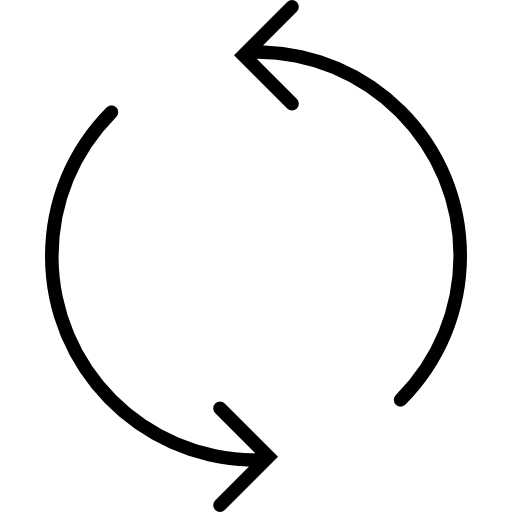 John 8:2
John 8:2

|
Strongs 3722
[list] Λογεῖον Perseus Orthrou Ὄρθρου Early in the morning N-GMS |
|
Strongs 1161
[list] Λογεῖον Perseus de δὲ and Conj |
|
Strongs 3825
[list] Λογεῖον Perseus palin πάλιν back Adv |
|
Strongs 3854
[list] Λογεῖον Perseus paregeneto παρεγένετο became near/present V-AIM-3S |
|
Strongs 1519
[list] Λογεῖον Perseus eis εἰς into Prep |
|
Strongs 3588
[list] Λογεῖον Perseus to τὸ the Art-ANS |
|
Strongs 2411
[list] Λογεῖον Perseus hieron ἱερόν holy place N-ANS |
|
Strongs 2532
[list] Λογεῖον Perseus kai καὶ and Conj |
|
Strongs 3956
[list] Λογεῖον Perseus pas πᾶς all Adj-NMS |
|
Strongs 3588
[list] Λογεῖον Perseus ho ὁ the Art-NMS |
|
Strongs 2992
[list] Λογεῖον Perseus laos λαὸς people N-NMS |
|
Strongs 2064
[list] Λογεῖον Perseus ērcheto ἤρχετο was coming V-IIM/P-3S |
|
Strongs 4314
[list] Λογεῖον Perseus pros πρὸς toward Prep |
|
Strongs 846
[list] Λογεῖον Perseus auton αὐτόν himself PPro-AM3S |
|
Strongs 2532
[list] Λογεῖον Perseus kai καὶ and Conj |
|
Strongs 2523
[list] Λογεῖον Perseus kathisas καθίσας he who has set [Him] V-APA-NMS |
|
Strongs 1321
[list] Λογεῖον Perseus edidasken ἐδίδασκεν would teach V-IIA-3S |
|
Strongs 846
[list] Λογεῖον Perseus autous αὐτούς themselves PPro-AM3P |
He is Morning: The People of Elohim
And of early dawn he arrived backwards into the Holy Place, and the Entire People,80 were coming toward himself. And he who sat down was teaching themselves.
And again in the morning he was present in the temple, and all the people came to him; and having sat down, he taught them.
And at dawn, He again arrived into the temple; and all the people came to Him. And sitting down, He taught them.
Error retrieving verse.
Footnotes
| 80 | The People of Elohim The Greek word "λαός" (laos, Strong's number 2992) and its Hebrew counterpart "עַם" ('am, Strong's number 5971) convey not only a collective sense of peoplehood but also carry a profound prophetic aspect of unity and cohesion. Both terms, extensively utilized throughout their respective scriptures, depict a people bound together by shared identity, heritage, and destiny. In the prophetic context, "λαός" and "עַם" ('am) signify not merely a disparate group but a unified entity, chosen and called by a higher purpose. This unity is not only historical but also anticipates a future culmination in which the (thoroughly) scattered and diverse will be brought together in divine unity. Such prophetic connotations are particularly evident in passages foretelling the gathering and restoration of God's people, reflecting a vision of harmony and solidarity under the divine word. Thus, the correspondence between "λαός" and "עַם" ('am) underscores the prophetic continuity between the Hebrew texts and New Testament, portraying "the People" as more than a mere aggregation but as a divinely ordained brotherhood, family—the Elohim—mighty, lofty ones intricately bound together in purpose and destiny. |